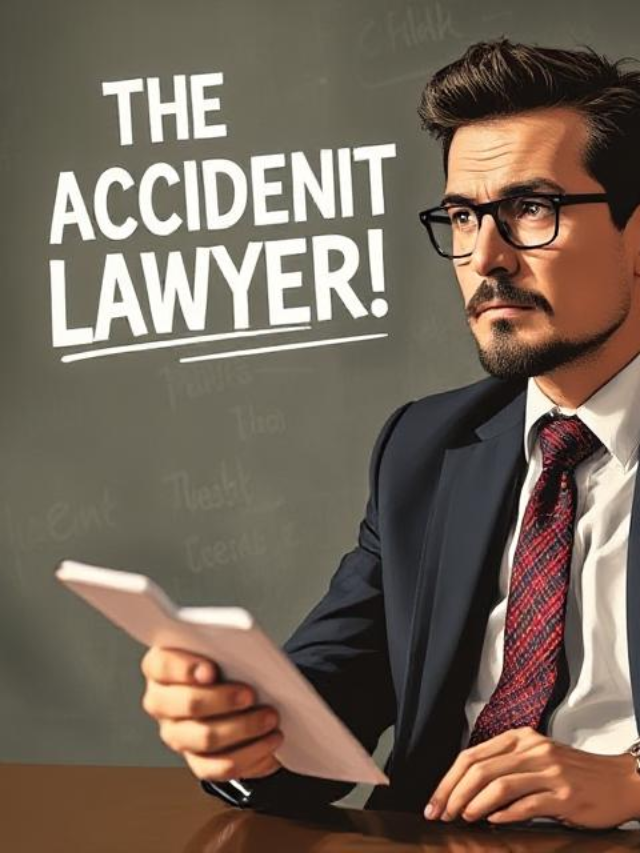Introduction
How do I file a personal injury claim —Filing a personal injury claim can be overwhelming, especially when you’re dealing with injuries, medical bills, and lost wages. Understanding the process and your legal rights can help you secure the compensation you deserve. In this guide, we’ll cover every step of how to file a personal injury claim in the U.S., from gathering evidence to negotiating a settlement.
What is a Personal Injury Claim?
A personal injury claim is a legal process where an injured party seeks compensation from the responsible party for damages such as medical expenses, lost income, pain and suffering, and more. These claims typically arise from accidents such as:
- Car accidents
- Slip and fall incidents
- Workplace injuries
- Medical malpractice
- Product liability cases
Step 1: Seek Immediate Medical Attention-How do I file a personal injury claim?
Before filing a claim, your health should be the top priority. Even if your injuries seem minor, get a medical evaluation. Delaying medical treatment can not only harm your health but also weaken your claim since insurance companies may argue that your injuries were not severe.
Step 2: Gather Evidence and Documentation
To strengthen your case, collect as much evidence as possible. Key pieces of evidence include:
- Photographs and Videos: Take pictures of the accident scene, injuries, and any property damage.
- Medical Records: Keep detailed records of your doctor visits, diagnoses, treatments, and medical bills.
- Witness Statements: Get contact information and statements from witnesses who saw the incident.
- Police Reports: If applicable, obtain a copy of the police report, as it serves as an official record of the incident.
- Employment Records: If your injury caused you to miss work, keep records of lost wages and employment-related losses.
Step 3: Determine Liability and Negligence
In most personal injury cases, proving negligence is crucial. To establish liability, you must prove the following elements:
- Duty of Care: The at-fault party had a legal responsibility to act reasonably to prevent harm.
- Breach of Duty: The at-fault party failed to uphold their duty of care.
- Causation: The breach of duty directly caused your injury.
- Damages: You suffered financial, physical, or emotional losses as a result.
Step 4: Notify the At-Fault Party’s Insurance Company
Once you gather sufficient evidence, notify the responsible party’s insurance company about your intention to file a claim. Provide factual information but avoid admitting fault or giving detailed recorded statements without consulting a lawyer.
Step 5: Calculate Your Damages
A personal injury claim seeks compensation for various damages, including:
- Medical Expenses: Hospital bills, prescription medications, physical therapy, and ongoing medical care.
- Lost Wages: Compensation for time off work due to the injury.
- Pain and Suffering: Physical pain, emotional distress, and reduced quality of life.
- Property Damage: If your vehicle or belongings were damaged in an accident.
- Future Expenses: Costs of long-term medical treatment or rehabilitation.
Step 6: Hire a Personal Injury Lawyer (If Necessary)
While minor injury claims can sometimes be handled without legal representation, hiring a personal injury lawyer is advisable in cases involving severe injuries, disputed liability, or complex negotiations. An attorney can:
- Evaluate your case and determine its worth.
- Handle negotiations with the insurance company.
- Represent you in court if a settlement cannot be reached.
Step 7: File an Insurance Claim
To initiate the process, submit a claim to the at-fault party’s insurance provider. The claim should include:
- A demand letter outlining your injuries, medical expenses, lost wages, and other damages.
- Supporting evidence, such as medical reports and witness statements.
The insurance company will review the claim and either accept, deny, or propose a settlement offer.
Step 8: Negotiate a Settlement
Most personal injury claims are resolved through negotiations. The insurance adjuster may offer a low initial settlement. Your lawyer (if you have one) can negotiate for a fair amount that covers all your damages. Be prepared for back-and-forth discussions.
Step 9: Consider Filing a Lawsuit (If Necessary)
If settlement negotiations fail, you may need to file a personal injury lawsuit. The process involves:
- Filing a Complaint: A formal legal document stating your claims and damages is filed in court.
- Discovery Process: Both parties exchange evidence and information.
- Mediation and Pre-Trial Motions: Some cases are settled before going to trial.
- Trial: If no settlement is reached, the case is presented in court before a judge or jury.
Step 10: Receive Compensation
If a settlement or court verdict is in your favor, you will receive compensation for your injuries. Payments may be made as a lump sum or structured settlement, depending on the agreement.
Frequently Asked Questions (FAQs)
How long do I have to file a personal injury claim?
Each state has a statute of limitations for personal injury claims, typically ranging from one to four years. It’s essential to file your claim within this period, or you may lose your right to compensation.
What if I was partially at fault for the accident?
Many states follow comparative negligence laws, meaning you can still recover damages even if you were partially responsible. However, your compensation may be reduced based on your percentage of fault.
How much is my personal injury claim worth?
The value of your claim depends on the severity of your injuries, medical expenses, lost wages, pain and suffering, and other factors. Consulting a lawyer can help determine an accurate estimate.
Do I need a lawyer for a personal injury claim?
While minor claims can be handled independently, hiring a lawyer increases your chances of securing fair compensation, especially in complex cases.
Internal and External Resources
For more information on personal injury claims, visit:
- Nolo’s Guide to Personal Injury Claims
- FindLaw’s Personal Injury Law Guide
- American Bar Association Lawyer Directory
For related topics, check out:
Conclusion
Filing a personal injury claim can be a complex process, but understanding the steps involved can make it easier to navigate. From gathering evidence to negotiating a settlement, following these guidelines can help you maximize your compensation. If you have suffered an injury due to someone else’s negligence, don’t hesitate to take action and protect your legal rights.
For legal assistance, consult a personal injury lawyer who specializes in handling claims similar to yours. Taking the right steps now can ensure you receive the compensation you deserve.
Share this with your friends and family!



























